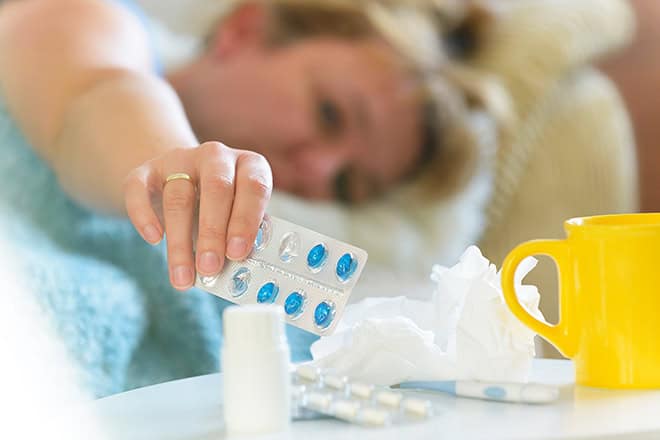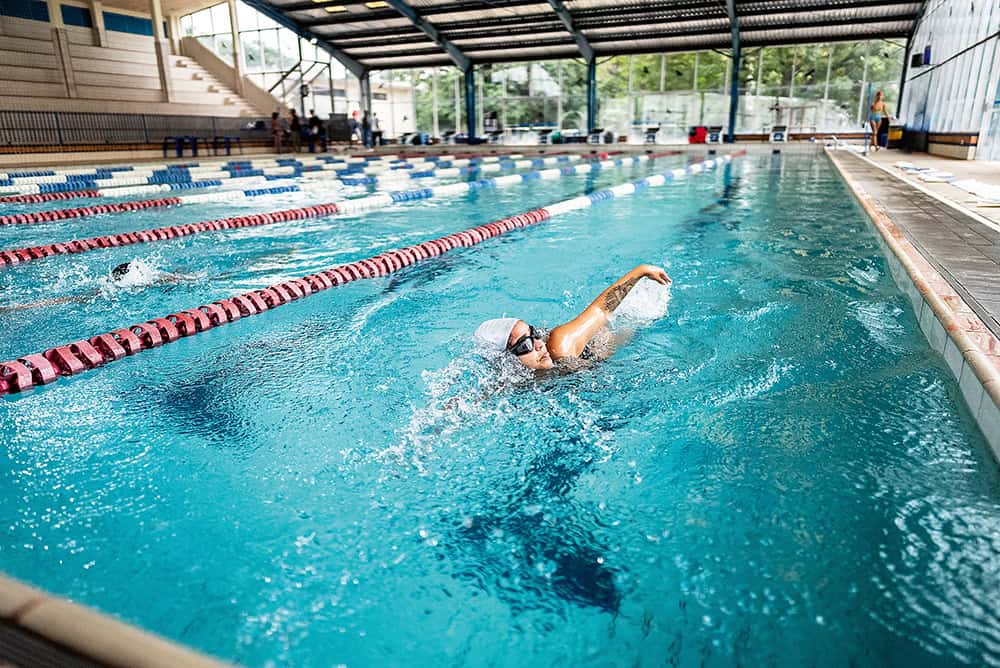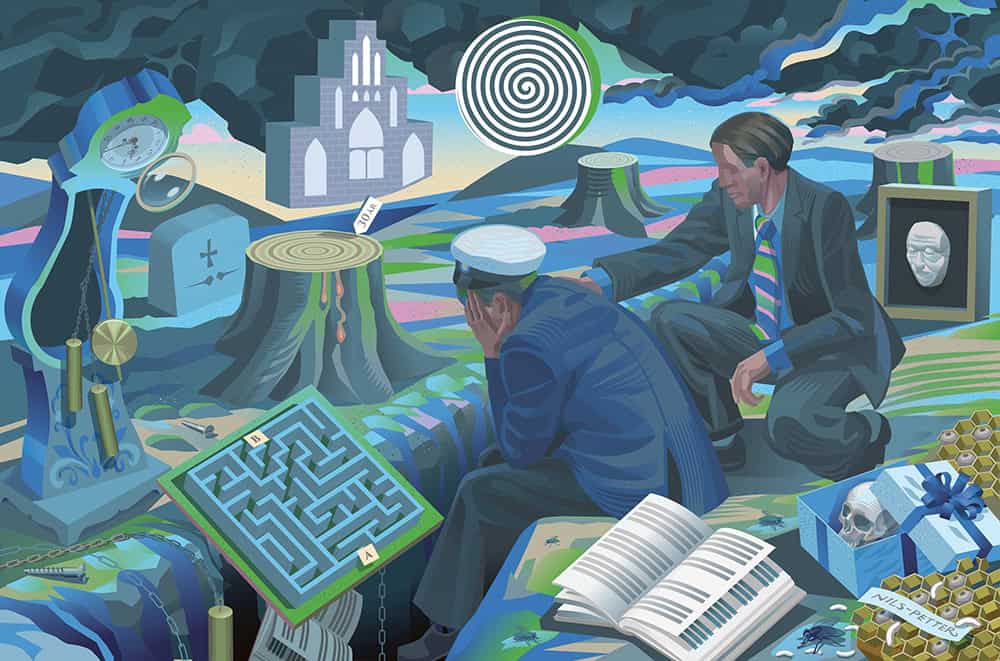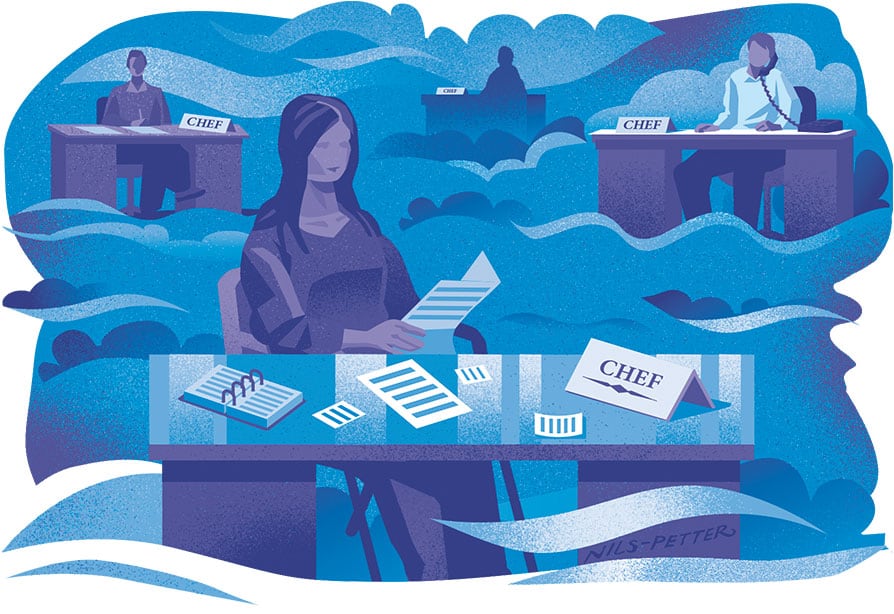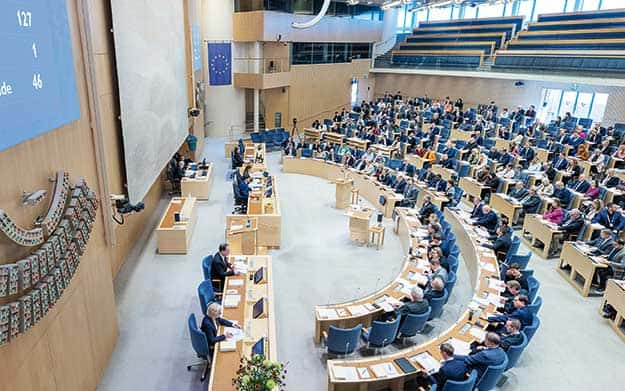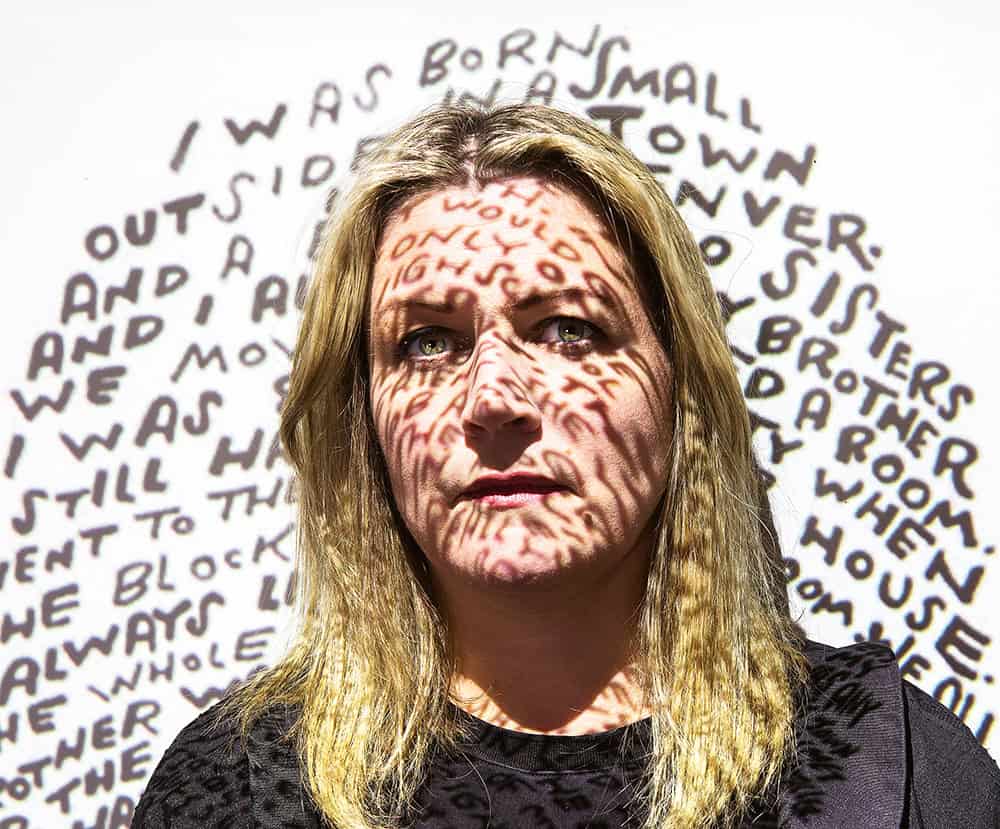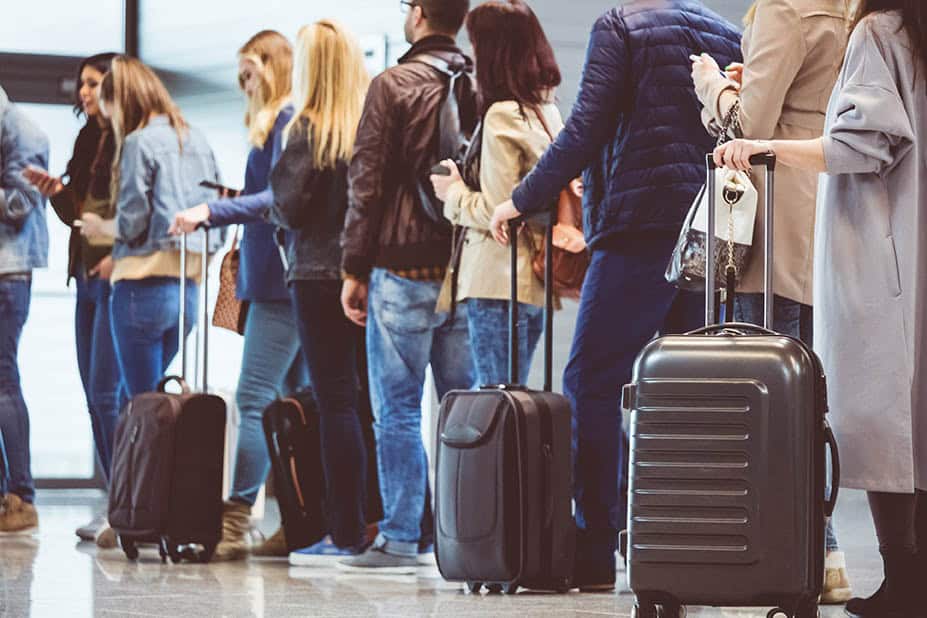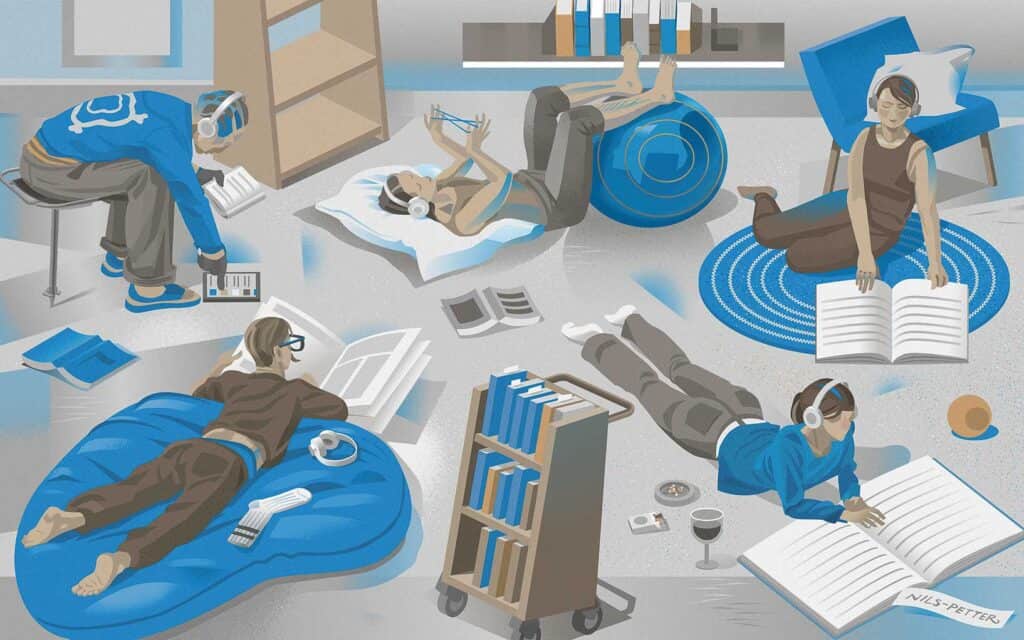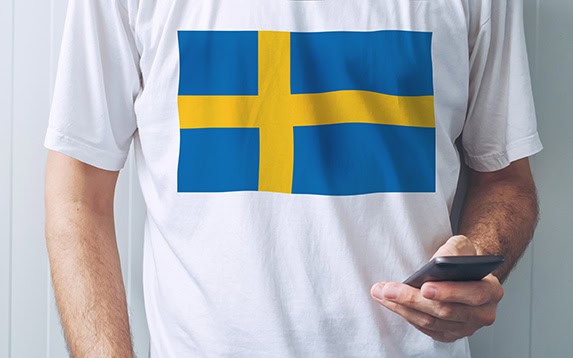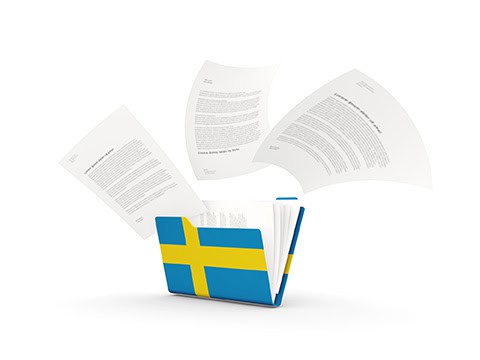A couple of years of pandemic led to increased sick leave figures in the higher education sector. As a proportion of available working hours, absence due to illness reached 3.0 per cent in 2022, according to statistics from Arbetsgivarverket, the Swedish Association of Government Employers. This was also the highest level since 2017, as previously reported by Universitetsläraren.
In the past two years, however, the trend has been downwards. In 2024, sick leave absence was 2.7 per cent, and in 2023 it was 2.8. per cent.
Last year, the University of Borås had the highest sick leave level, at 3.9 per cent. The year before, the figure was 3.7 per cent, which was then the second highest level of all higher education institutions.
Birgitta Alfraeus, Head of HR at the university, is unable to say exactly what it is that puts them at the top of the list, but it is difficult to compare sick leave at a small university with the larger higher education institutions, she points out.
“If we have one person on long-term sick leave, it has a big impact on the overall statistics,” she explains. “So I do not really think we are more ill than others in the sector. But it is hard to say. What I do know is that we have very clear processes for this.”
The Royal Institute of Art had the lowest rate of absence due to illness of all higher education institutions last year, just 0.9 per cent. Rickard Stöhr, Head of HR, tells us that there was little long-term sick leave in 2024, which has a positive impact on the total figure. The year before, the rate was 3.8 per cent, which was the highest of all higher education institutions apart from the Swedish School of Sport and Health Sciences, GIH, which also had 3.8 per cent.
Stöhr also describes how more people are reporting sick since the reporting system was changed a few years ago.
“Today, you report absence yourself in the system and, on the whole, I would say that things have improved, so that people actually take time off when they are ill.”
As before, the statistics for 2024 show that higher education sector employees are absent from work due to illness less than other state sector employees. At state agencies as a whole, sick leave was 3.6 per cent of available working hours, a decrease of 0.1 percentage points compared with 2023. The average for all higher education institutions in 2024 was 2.7 per cent.
This is quite natural, as university and colleges employees generally are more able to work remotely than is the case in many other state agencies, says Stöhr.
“By its very nature, academia allows a greater degree of freedom about where you do your work. You might be able to work from home if you are suffering some mild symptoms, which you might not be able to do if you worked for an authority such as the Prison and Probation Service or the Police Authority. I think that is one explanation.”
Long-term sick leave at universities and colleges, i.e. the proportion of total sick leave that is continuous absence of at least 60 days, was 59.2 per cent last year. The year before, the figure was 60.4 per cent.
Compared with other state agencies, the proportion of sick leave that is defined as long-term is higher in academia. Last year, long-term sick leave among state sector employees as a whole was 50.8 per cent, an increase of 0.2 percentage points compared with 2023.
Mid Sweden University had the highest proportion of long-term sick leave, at 73.1 per cent. University West and the University of Skövde were next on the list, with 72.4 and 71.9 per cent respectively.
The University of Skövde has around 500 employees, and last year sick leave totalled 2.9 per cent of available working hours, which means that fewer than ten people are on long-term sick leave.
“This means that if just one person recovers, it impacts our figures quite significantly,” says Ulrika Dagman, the university’s acting Head of HR.
She also points out that several of the cases of longer sick leave are not work-related.
